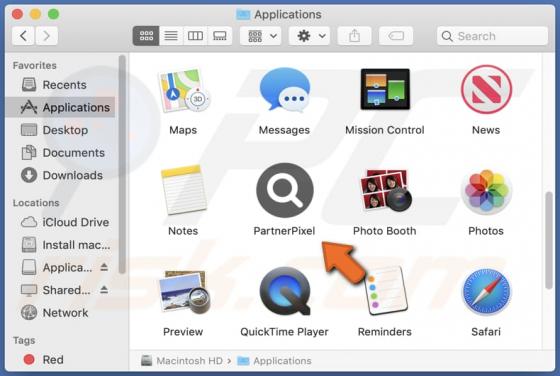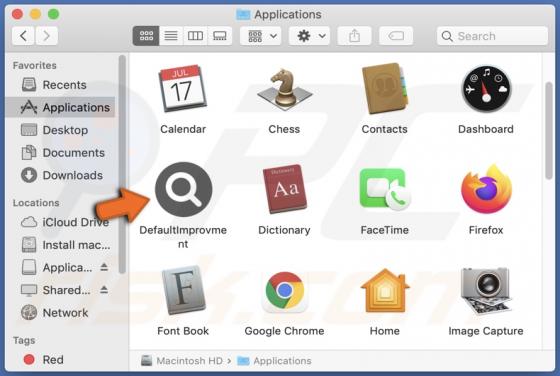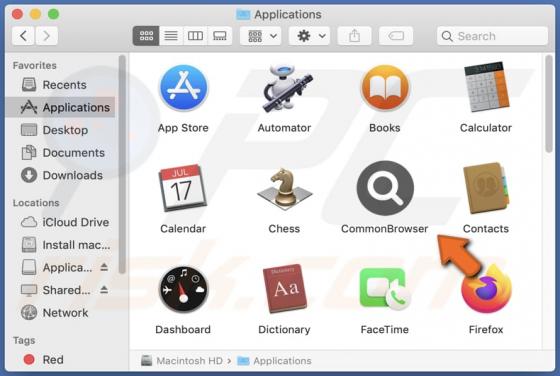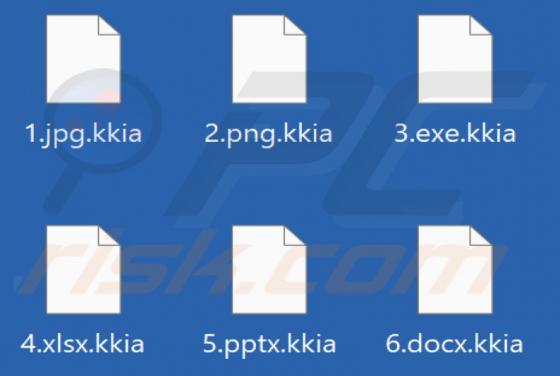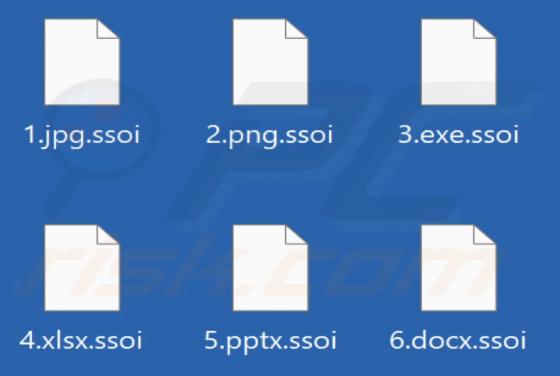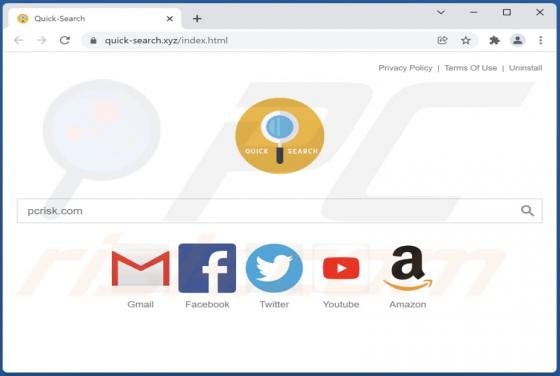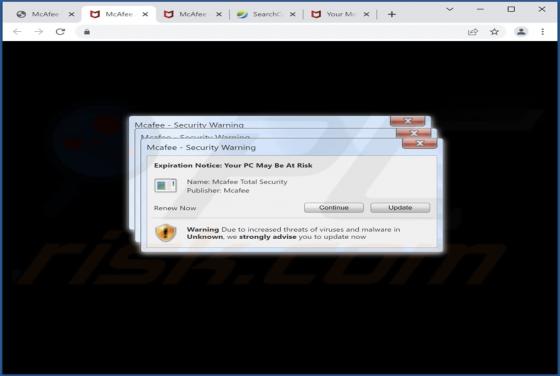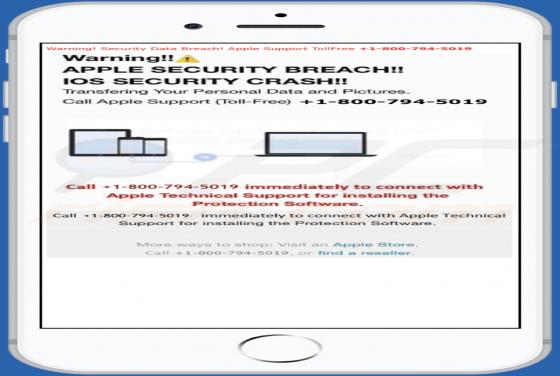
Acepy Ransomware
Discovered by Petrovic, Acepy is the name of a ransomware-type program. It is designed to encrypt data and demand payment for the decryption. We sampled Acepy from VirusTotal and ran it on our test machine. The files on the system were encrypted, and their names were appended with a ".acepy" exte
